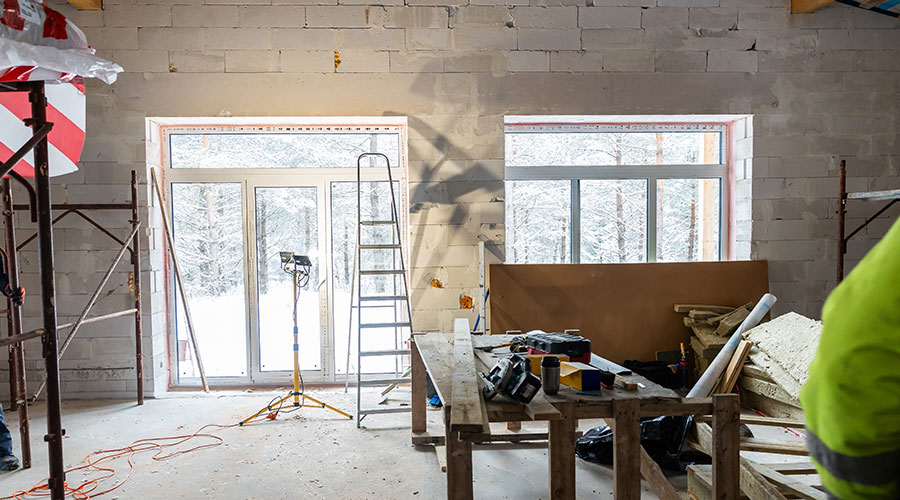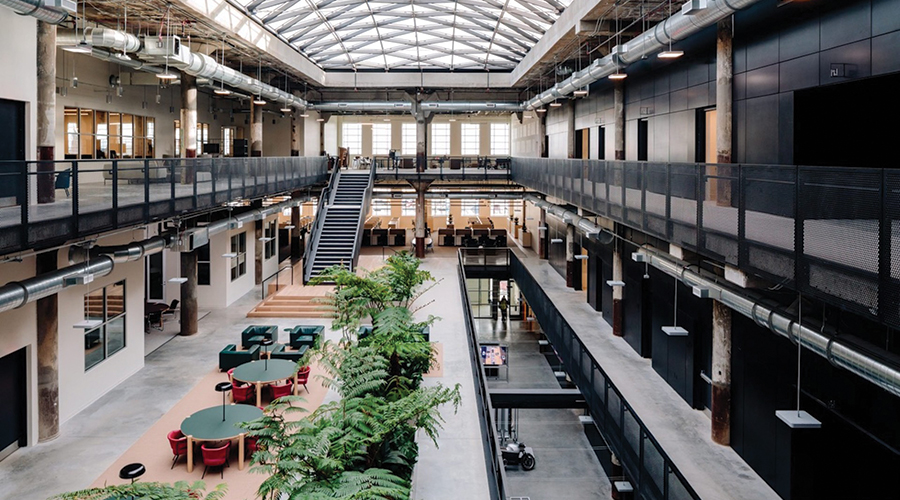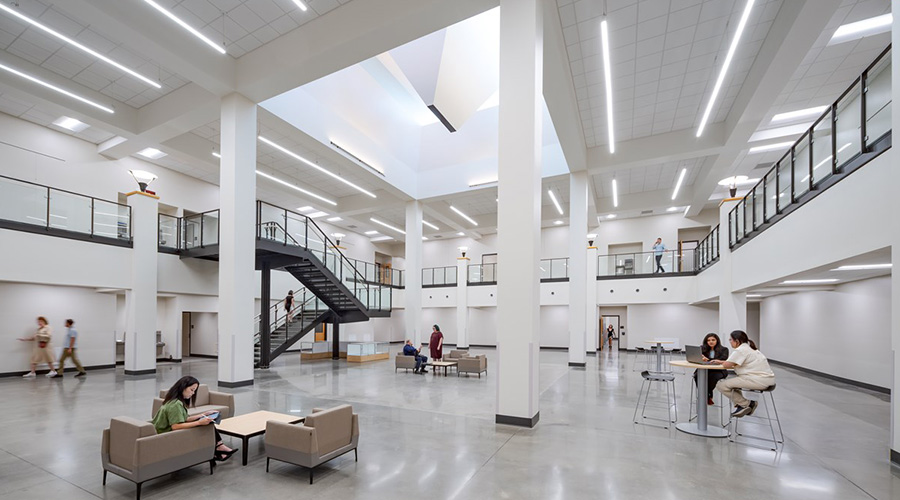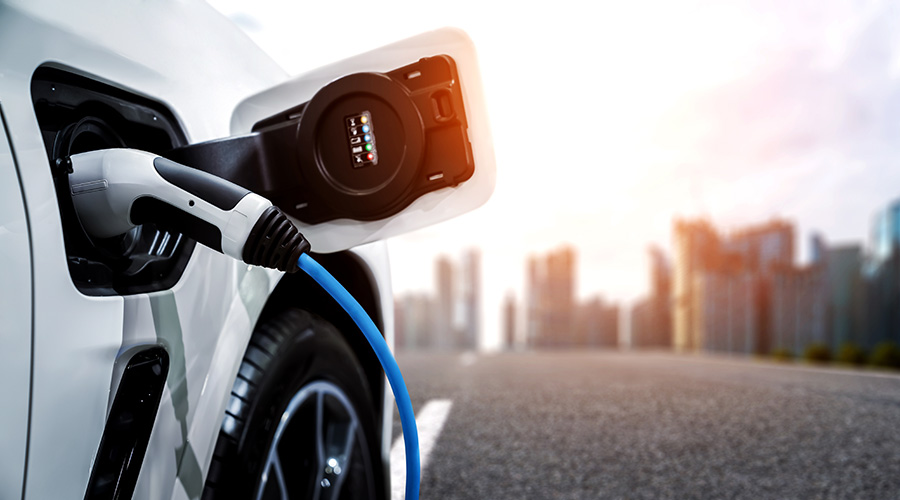Managing Energy a Challenge for Large Retail Organizations
"Our stores may look cookie-cutter, but they are not," says Menno Enters, director of energy and sustainability for Walgreens, summarizing the main challenge for large retail organizations when it comes to managing energy. Walgreens, for instance, has 7,500 pharmacies and 2,000 non-retail locations all over the country. That means a lot of data — enough data, in fact, that without a structured way to filter what's important and what's not, all that data is about as useful as having no data at all. For Enters, and other facility managers in large retail organizations, success or failure comes down to the ability to standardize, analyze, and prioritize — both data and strategies — across the entire portfolio. Three organizations — Walgreens, PNC, and Nike — all have done well in these regards, and their strategies can serve as good models for other facility managers.
As technology improves, so does the ability to manage energy effectively. But when hundreds or even thousands of facilities are involved, it's essential to go beyond finding the right technology. An equal challenge is ensuring that the equipment is used in a standardized way in facilities that don't have an onsite facility manager.
Both Walgreens and Nike are in the process of installing sophisticated energy management systems (EMS) — monitored at a central location — in all of their retail outlets. The benefits are many. Shawn Browning, territory facility manager for Nike, says the goal for the Nike EMS is simple: "Maximize savings but minimize the impact on operations and the customer experience in the store." Nike has about 200 retail locations, and so far, EMS have been installed in 170 of them. The other 30 are leased stores, and negotiations with the landlords are ongoing, says Browning.
Over the last four years, as the EMS has been installed in each store, Browning and her team have been in constant contact with the store managers to ensure smooth implementation. "We covered details down to what the equipment packages would look like, so they didn't get mixed in with the apparel," she says. During another conference call with store managers with newly installed EMS, Browning says she explained how the systems would work, when they should, and more importantly, should not, use manual overrides, how to do onsite troubleshooting and what to do if troubleshooting fails.
"The stores really are our customers," says Browning. "So we explained that this system is in place to save them money." For instance if an HVAC unit goes out, the store manager maybe wouldn't know right away. But the EMS does, and so the unit can be troubleshot remotely, and a decision can be made whether to send a technician — who, by the way, would already know the problem and how to fix it.
From a day-to-day standpoint, the EMS does easy energy-savings strategies like turning on 50 percent of the lights when the security alarm panel is deactivated in the morning, and then turning on all the lights 30 minutes later (it does the reverse when the alarm is armed). Browning says the EMS has resulted in savings between 10 and 33 percent, depending on how efficient each store was prior to EMS installation. Nike's goal is an average of 12 percent savings on a quarter-by-quarter basis.
Related Topics:













